What are Echinoderms?
Echinoderms are a diverse group of marine animals characterized by their radial symmetry, a water vascular system, and a spiny skin. There are about 7,000 living species of echinoderms, and they can be found in oceans at all depths.Key Characteristics of Echinoderms
- Radial Symmetry: Echinoderms typically exhibit five-part radial symmetry, which means their body parts are arranged around a central axis.
- Water Vascular System: This system is unique to echinoderms and is used for locomotion, feeding, and gas exchange. It consists of a network of fluid-filled canals and tube feet.
- Spiny Skin: Echinoderms have a hard endoskeleton composed of calcareous plates and spines that provide support and protection.
- Triploblastic Development: Echinoderms undergo development from a triploblastic embryo, meaning they have three primary germ layers during their embryonic development.
- Regenerative Abilities: Many echinoderms have the ability to regenerate lost body parts, such as arms or spines.
Major Classes of Echinoderms
There are five major classes of echinoderms:
- Asteroidea (Sea Stars): These iconic echinoderms have a central disc from which multiple arms radiate. They are predators and use their tube feet to capture and manipulate prey.
- Echinoidea (Sea Urchins and Sand Dollars): Members of this class are characterized by their spherical or flattened body shape and movable spines. They are primarily herbivorous grazers.
- Ophiuroidea (Brittle Stars): Brittle stars have a central disc and long, flexible arms. They are more mobile than other echinoderms and are often found in crevices and under rocks.
- Crinoidea (Sea Lilies and Feather Stars): These echinoderms are filter feeders and have feathery arms that extend into the water to capture food particles. Some species are sessile, while others are mobile.
- Holothuroidea (Sea Cucumbers): Sea cucumbers have elongated bodies and are known for their ability to expel their internal organs as a defense mechanism. They are scavengers and play an important role in recycling organic matter on the ocean floor.
Ecological and Economic Importance
Echinoderms play important ecological roles in marine ecosystems. They are key herbivores, predators, scavengers, and filter feeders, and they contribute to the overall biodiversity of marine environments.
From an economic standpoint, echinoderms are harvested for food, used in traditional medicine, and collected for the aquarium trade. Understanding their biology is crucial for sustainable management of echinoderm populations.
Conclusion
Echinoderms are fascinating marine organisms with unique adaptations and ecological significance. Studying their biology provides insights into the diversity and complexity of life in the oceans.
.◂Biology Worksheets and Study Guides High School. Human biology II
Worksheet/Answer key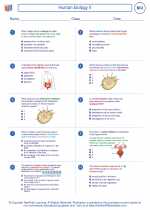 Human biology II
Human biology II  Worksheet/Answer key
Worksheet/Answer key Human biology II
Human biology II  Worksheet/Answer key
Worksheet/Answer key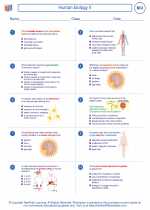 Human biology II
Human biology II  Vocabulary/Answer key
Vocabulary/Answer key Human biology II
Human biology II  Vocabulary/Answer key
Vocabulary/Answer key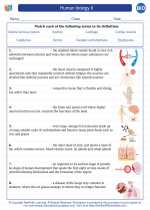 Human biology II
Human biology II  Vocabulary/Answer key
Vocabulary/Answer key Human biology II
Human biology II  Vocabulary/Answer key
Vocabulary/Answer key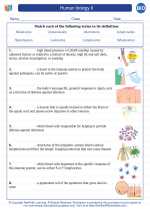 Human biology II
Human biology II  Vocabulary/Answer key
Vocabulary/Answer key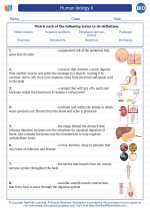 Human biology II
Human biology II  Vocabulary/Answer key
Vocabulary/Answer key Human biology II
Human biology II  Vocabulary/Answer key
Vocabulary/Answer key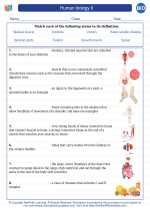 Human biology II
Human biology II 

 Worksheet/Answer key
Worksheet/Answer key
 Worksheet/Answer key
Worksheet/Answer key
 Vocabulary/Answer key
Vocabulary/Answer key
 Vocabulary/Answer key
Vocabulary/Answer key
 Vocabulary/Answer key
Vocabulary/Answer key
 Vocabulary/Answer key
Vocabulary/Answer key
 Vocabulary/Answer key
Vocabulary/Answer key
 Vocabulary/Answer key
Vocabulary/Answer key
 Vocabulary/Answer key
Vocabulary/Answer key

The resources above cover the following skills:
LIFE SCIENCE (NGSS)
From Molecules to Organisms: Structures and Processes
Students who demonstrate understanding can:
Develop and use a model to illustrate the hierarchical organization of interacting systems that provide specific functions within multicellular organisms.
Plan and conduct an investigation to provide evidence that feedback mechanisms maintain homeostasis.